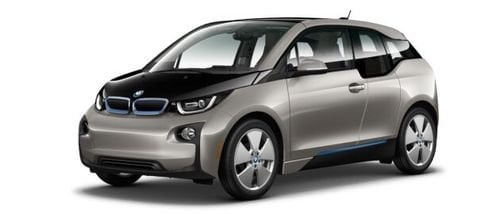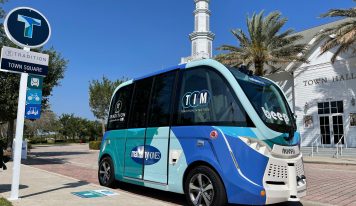
BMW is working to build a charging network and unlike Tesla who is using proprietary tech, they are utilizing the SAE Combo 1 plug inlet that American and German automakers have adopted for quick charging. Using this system, a battery will reach 80% charge in 30 minutes which is still way too-long when compared to gas. Still, if you believe electric cars are the future, then the proprietary versus open debate will likely be important to you. Typically it is the open system that wins.
Expect adapters to eventually be available to plug any car into any charging station. For now though it seems you’ll have to hope the charging station near you, works with your particular vehicle.
Here is an excerpt from a related article on the matter from Wired worth reading:
The biggest problem automakers selling electric cars face is limited range. No one wants to get caught without any juice. To get around this concern, Tesla, whose Model S offers the best range (up to 265 miles), is building a vast network of “Supercharger” stations that make it possible
to take epic road trips. Now BMW is following suit, launching a network of charging stations to make owning
its first all-electric car, the range-handicapped i3, more convenient.
The automaker announced last week that it has developed an impressively small, lightweight, and inexpensive charger that it is working to install around the country. BMW will sell the charger to “authorized partners”—starting with dealers—for $6,548. NRG eVgo, a private EV-charging company, will install at least 100 around California and offer free charging to i3 owners through the end of 2015.
The 24 kilowatt BMW i DC Fast Charger, developed with Bosch Automotive, can charge the i3’s battery up to 80 percent in 30 minutes. Compared to other chargers on the market, the BMW version is quite small: 31 inches tall, 19 inches wide and 12 inches deep. It weighs just 100 pounds, light enough to be mounted without reinforcing the wall or pouring extra concrete.
“It’s more or less standard technology,” says Cliff Fietzek, BMW North America’s manager for connected e-mobility, just in a smaller package. The tradeoff is the lower voltage (24kW instead of the 50 or more other quick chargers offer) and a slightly longer charge time. Fietzek says the reduced weight and cost are well worth it.
That’s because a broad charging network is key to BMW’s long-term plan to sell electric cars; developing a lightweight, cheap charger is the way to do that as quickly as possible, says Rob Healy, BMW’s EV infrastructure manager. That’s true even though the i3, with a claimed range between 80 and 160 miles (depending upon whether you get the internal combustion range extender, which makes the car something like a
Chevrolet Volt), is meant to be used for daily commuting, not long distance trips. While most owners will charge overnight at home, its reassuring (and convenient) to have the option of charging on the road. “The visibility and availability of public chargers really helps from the customer perspective of range anxiety,” Healey says.






